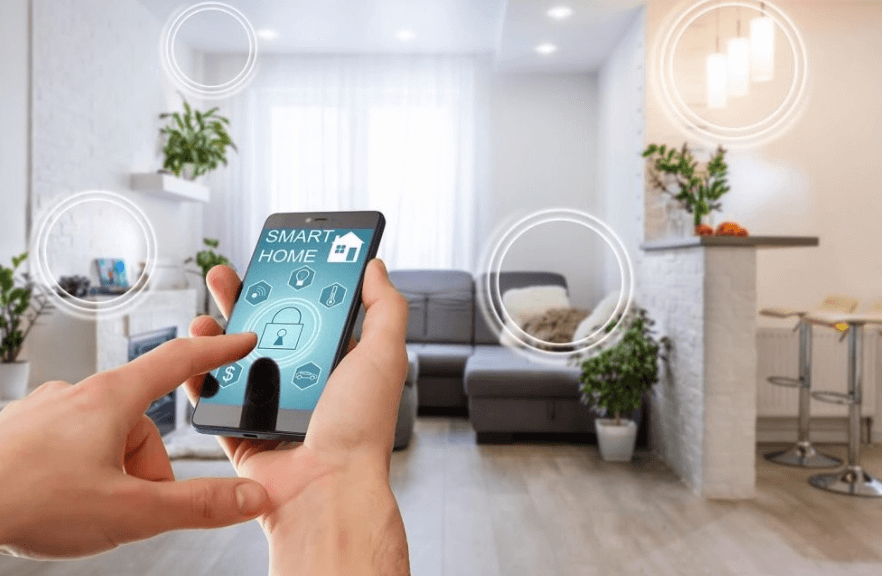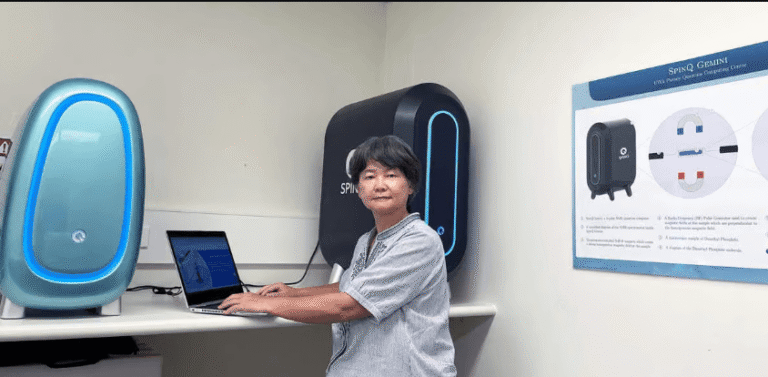The Rise of Smart Homes: The Future of Home Automation
Introduction
Over the past decade, home automation and smart home technologies have moved from being a futuristic concept to a mainstream reality. Thanks to advancements in Internet of Things (IoT) technology, artificial intelligence (AI), and wireless connectivity, homeowners are now able to control virtually every aspect of their homes—lighting, heating, security, and even appliances—at the touch of a button. In this article, we will explore the rise of smart homes, the technologies that power them, and the impact they have on modern living.
What is a Smart Home?
A smart home is a residence that uses internet-connected devices to enable remote management and monitoring of systems such as lighting, heating, ventilation, air conditioning (HVAC), security, entertainment, and more. These devices communicate with each other and can be controlled through smartphones, voice assistants (like Amazon’s Alexa, Google Assistant, or Apple’s Siri), or dedicated smart home hubs.At its core, a smart home is about increasing convenience, improving energy efficiency, enhancing security, and offering homeowners more control over their living environments.
See also: The Rise of Smart Homes: The Future of Home Automation
Key Technologies Behind Smart Homes
Several key technologies have made the rise of smart homes possible:
Internet of Things (IoT)
The Internet of Things (IoT) refers to the network of physical devices that are embedded with sensors, software, and other technologies to connect and exchange data with other devices over the internet. Smart home devices, such as thermostats, security cameras, door locks, and light bulbs, are all examples of IoT-enabled products that communicate with each other and can be controlled remotely.
IoT allows for seamless automation and the integration of different systems in a smart home, making it possible for users to monitor and control their home environment from anywhere in the world.
Voice Assistants and AI
Voice assistants, powered by artificial intelligence (AI), have become a central hub in many smart homes. Devices like Amazon Echo, Google Nest, and Apple HomePod are equipped with voice recognition technology that allows users to interact with their smart home systems using simple voice commands.
For example, users can ask their voice assistants to adjust the thermostat, turn off the lights, lock the doors, or play music, all without lifting a finger. AI-powered voice assistants continue to improve, becoming more accurate and intuitive with every update.
Wireless Connectivity (Wi-Fi, Zigbee, Z-Wave)
Smart home devices rely on wireless connectivity to communicate with each other and with user devices like smartphones and tablets. While Wi-Fi is commonly used for internet connectivity, other wireless protocols like Zigbee and Z-Wave are often used for device-to-device communication within the home.
Zigbee and Z-Wave are low-energy, mesh network technologies that allow smart home devices to communicate efficiently over short distances. These protocols enable devices to work together, regardless of their manufacturer, creating a more integrated home automation system.
Automation and Scheduling
Many smart home systems offer automation features that allow users to set schedules or create rules for how devices interact with each other. For example, a user could schedule their smart thermostat to lower the temperature at night or set up motion sensors to turn on lights when someone enters a room.
These automation features not only add convenience but also help optimize energy use, saving money on utility bills. Over time, AI-powered systems learn from user preferences and behaviors to suggest smarter ways to automate the home.
Common Smart Home Devices
Smart Thermostats
Smart thermostats, such as Nest Thermostat and Ecobee, allow homeowners to control the temperature of their home remotely via a smartphone app. These thermostats can also learn a user’s schedule and adjust the temperature automatically for optimal comfort and energy efficiency.
For instance, the thermostat may lower the temperature when the house is empty and increase it when the homeowner is on their way home. This level of automation can lead to significant savings on heating and cooling costs.
Smart Lighting
Smart lighting systems, like Philips Hue or LIFX, allow homeowners to control the brightness, color, and timing of their lights using a smartphone app or voice assistant. Smart lights can also be programmed to turn on or off at specific times, enhancing security by making it look like someone is home even when they’re away.
Additionally, smart lighting can be integrated with other systems in the home. For example, when the thermostat detects that a room is empty, it can automatically turn off the lights to save energy.
Smart Security Systems
Smart security systems, such as Ring doorbells, Nest Cam cameras, and SimpliSafe, provide homeowners with real-time video surveillance, motion detection, and remote access to their home security. These systems are designed to enhance home security by alerting homeowners to potential intruders and providing them with video feeds via their smartphones.
Smart security can also include automated door locks, which can be locked or unlocked remotely. This feature is particularly useful for granting access to visitors, service providers, or emergency responders without having to be physically present.
Smart Appliances
Smart appliances, such as smart refrigerators, oven ranges, and washing machines, can be controlled remotely and integrated with other smart home devices. For example, a smart fridge might send notifications to the user when they are running low on groceries, or a smart oven might allow users to preheat it remotely while they are on their way home.
These devices are designed to make everyday household tasks more convenient, efficient, and energy-conscious.
The Benefits of Smart Homes
Convenience and Comfort
Smart homes provide unmatched convenience by allowing homeowners to control and automate various aspects of their home environment. Voice-controlled devices make it easy to adjust lighting, temperature, and security, while automation allows for a more tailored living experience that adapts to individual needs.
With smart home devices, homeowners can also create ambiance by controlling lighting color, temperature, and music all from one app, enhancing comfort and relaxation.
Energy Efficiency
One of the key benefits of smart homes is the ability to optimize energy use. Smart thermostats, lighting systems, and appliances help reduce waste by automatically adjusting to usage patterns and allowing users to monitor energy consumption.
For instance, a smart thermostat can reduce energy use by ensuring that the heating or cooling system is running only when needed. Similarly, smart lighting can turn off lights when a room is unoccupied, cutting down on electricity consumption.
Enhanced Security
Smart home security systems offer enhanced protection by providing real-time monitoring and alerts. Motion detectors, door/window sensors, and cameras can keep an eye on your home, even when you are miles away. The ability to remotely control door locks, alarm systems, and cameras gives homeowners peace of mind and increases overall security.
Remote Monitoring and Control
With a smart home, homeowners can monitor and control their environment from anywhere, at any time. Whether it’s adjusting the thermostat, checking the security cameras, or turning on the lights, smart homes make it easy to stay connected to your home, even when you’re away.
Challenges and Concerns of Smart Homes
Privacy and Security Risks
As with any connected device, smart home systems are susceptible to cyberattacks and privacy breaches. Hackers can potentially gain access to cameras, door locks, and other devices, posing a security risk for homeowners. It’s crucial to ensure that smart home devices are secured with strong passwords and encryption methods.
Compatibility Issues
One of the challenges with building a smart home is ensuring that all devices are compatible with each other. While many devices work well with major platforms like Alexa, Google Assistant, or Apple HomeKit, some devices may only work with specific ecosystems, leading to potential issues with integration.
Initial Setup and Costs
Setting up a smart home can be expensive, especially if you are outfitting your entire home with smart devices. Additionally, integrating multiple devices and getting everything to work together seamlessly can be time-consuming and complex, requiring technical know-how or professional installation.
The Future of Smart Homes
The future of smart homes is incredibly exciting. With ongoing advancements in AI, 5G, and IoT technologies, we can expect homes to become even smarter, more intuitive, and more integrated into our daily lives. Future smart homes will likely feature even more automation, predictive systems that anticipate needs, and greater integration with other devices and services, offering a seamless living experience.
Conclusion
The rise of smart homes marks a significant shift in how we live, offering increased convenience, energy efficiency, security, and comfort. As technology continues to evolve, smart homes will become even more capable, making it easier for homeowners to manage and enhance their living environments. Despite some challenges, such as privacy concerns and integration issues, the benefits of smart home technology far outweigh the drawbacks, paving the way for a more connected and efficient future.






